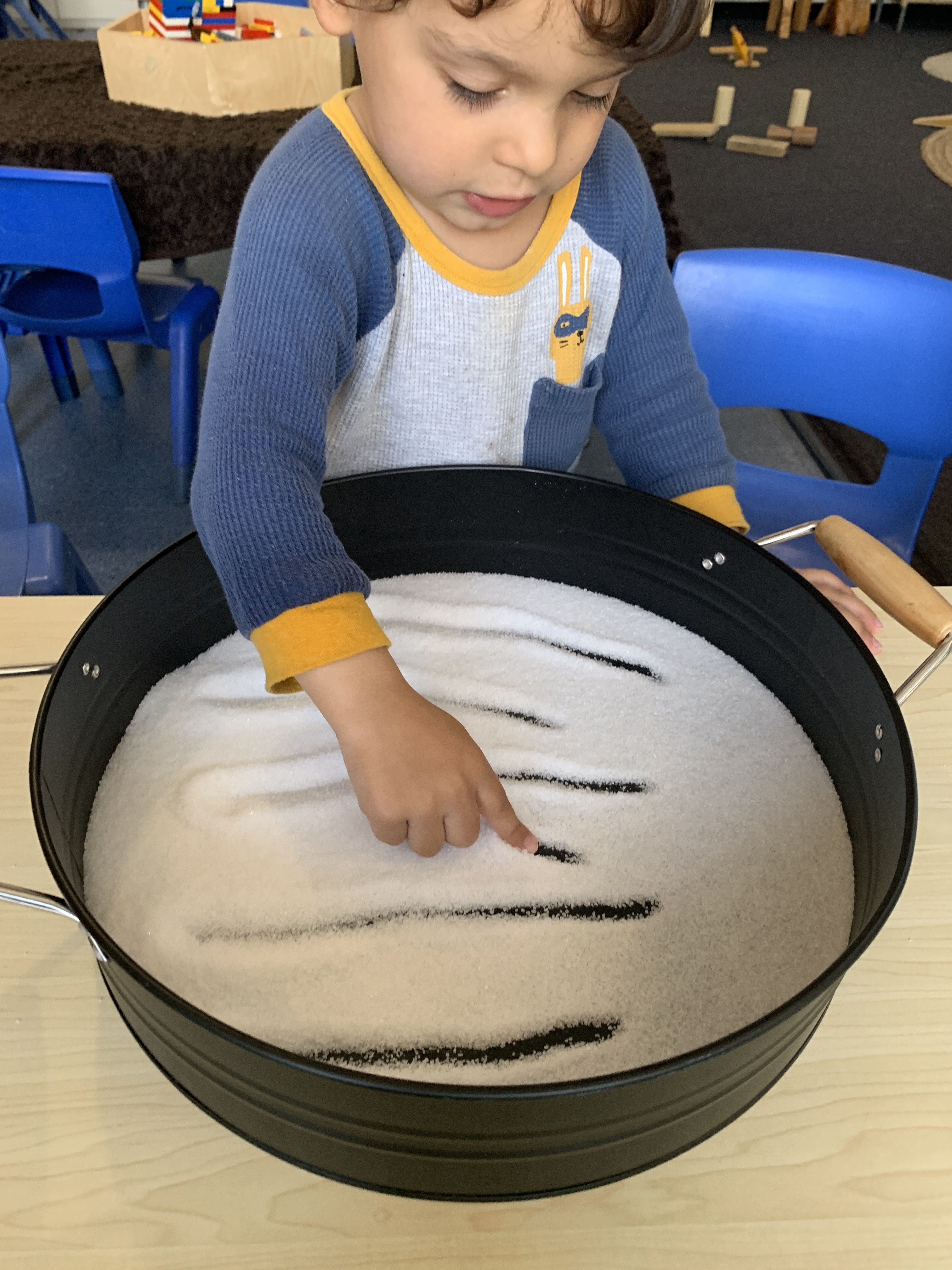Transitions, screen time and the rhythm of the day
We all have rhythms and routines in our day. Rhythms could include preferred times to wake up, eat and go to sleep, or routines could be set times for these things. As adults, we have rhythms to our energy and engagement levels. For example, you might be a morning person - someone who is most engaged first thing in the morning. Alternately, you might be a night owl, working most effectively in the night hours. Have you ever considered the rhythms and routines of your child or children’s day?
A regular routine can be beneficial for children and their understandings of the world. Routines help us regulate ourselves as we understand and predict what comes next. Routines are repeated activities, generally at a set time of the day. However, being flexible and responding to the needs of your child necessitates being flexible with these routines.
This is where rhythms can be helpful – they follow regular order but can be more flexible and vary in times. Providing your child with rhythms to their day may help you maintain some structure without feeling pressure to do everything at a set time. Rhythms also allow us to follow the child’s energy levels, identify times to be physically active, engage in learning and play, and relax, share a book or wind down before sleep or rest.
When it comes to screens and the use of technology, we need to take particular care of how they fit in the routines and rhythms of our children’s day. Watching a fast-paced television show may be quite engaging for children, but the show’s pace and constant action can leave a child feeling stimulated or over-stimulated. Similarly, an app that requires continuous touching or gives loud and constant feedback provides a high level of interactivity and may not be appropriate at all times of the day. This means that screen time before activities that require concentration may not be beneficial.
When we are at home, we tend to do free play in the morning. This could be interspersed with ways adults extending play: playing board games or card games such as ‘memory’; drawing or crafting together; or challenges such as hunting for insects & feats of engineering with blocks. Our morning rhythm normally includes some time outside, at a park or checking the mail. After lunch is a quiet time to rest as needed and read or engage in quiet activities. Miss four often selects this time for using her tablet. In our house, we tend to focus on creative Apps (taking photos, making digital books and the like) or communicating with technology (such as facetiming with cousins and grandparents) and avoid consuming too much media; usually, this is approximately half an hour of time. Our afternoon rhythm continues with afternoon activities, where we kick a ball, ride or go to the park before half an hour of television, such as playschool, while dinner is being prepared.
You will note here that in our rhythm screens are available for only set times of the day, that it is our family’s choice to ensure balance in our day, so managing screen time is a key part of the rhythm of the day. Screens are not present in every aspect of the day, and adults make time to ensure that their use of screens is also only part of the day, as children learn so much of their media and technology use by mirroring our use.
As parents, we need to make careful choices around screen time, to help children make good choices in what they’re viewing and when they’re using technology. Creating a family tech agreement may be beneficial for you as you consider this with your family. This one, created by Playing IT safe, is nice and simple for young children:
One key point for all of us is that research has highlighted the need to avoid screens for at least an hour before bedtime see https://www.brighamandwomens.org/about-bwh/newsroom/press-releases-detail?id=1962 This is important for sleep hygiene and the quality of our (and our children’s) rest.
So, what are your routines and rhythms, and how do you include (or not include) positive screen time in your day?



